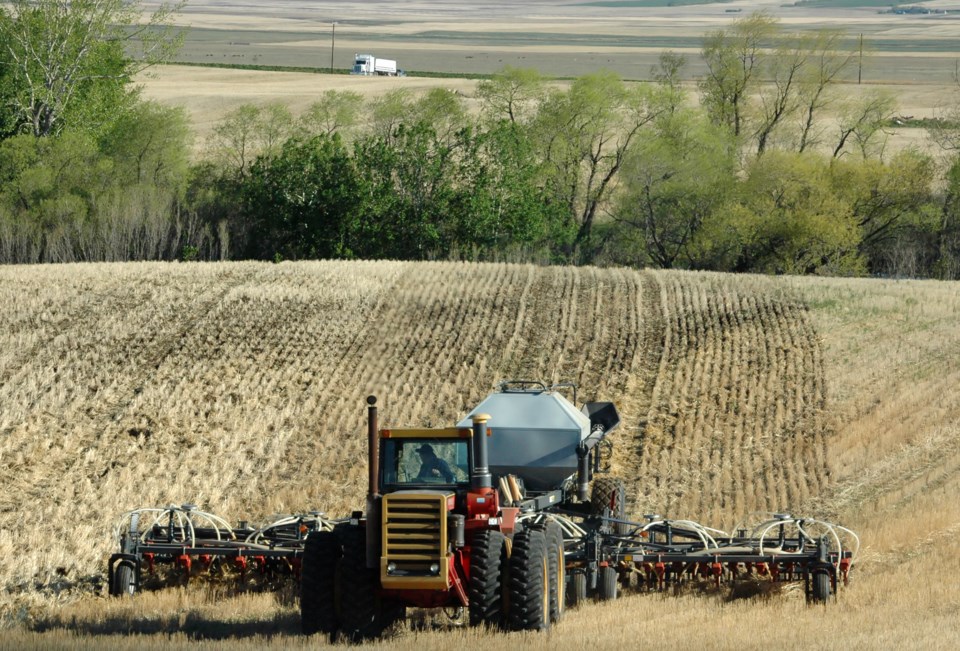YORKTON - Whether this comes as a surprise to anyone who pauses to consider the situation or not, Western Canada is becoming a generally warmer place.
A recent article at notes the region is “now warmer than it was in the 1950s, and that trend is expected to continue” citing a researcher with Environment and Climate Change Canada.
The article goes on to state “since the late 1940s, the growing season on the Prairies and British Columbia has lengthened by 15 to 30 days. A lot depends on location, but it seems like British Columbia and Alberta are getting warmer — and faster — than Manitoba and Saskatchewan.”
Then turning to the source the extent of the trend is quantified.
“On the Prairies, it’s looking like 15 to 20 days (longer),” said Barrie Bonsal, who studies climate impacts on water availability.
“In B.C., it’s showing 30 to 35 days longer.”
If you needed more evidence of climate change you may simply not want to believe the reality of the situation.
The ‘why’ climate change is happening might be something of greater debate than the ‘if’ it is actually happening.
The history of man evolving into existence on this planet is a relatively recent thing in comparison to the age of Earth, and obviously the fact past ice ages occurred suggests climate does change – and it wasn’t human activity that cause the ice to spread.
That said, considering how generally destructive human activity has been to the planet, from plastics in oceans, to deforestation, to urban sprawl, to the threat to pollinators, it would be folly to think we are not part of the cause of climate change.
And to be clear I’m not suggesting it’s cows when the skies are a maze of chemical spewing airplanes. It’s humans impacting things.
But, is it all bad?
Is a longer growing season a bad thing for Prairie farmers?
On the surface of course not.
As farms get larger it requires more time to plant and harvest so an extended growing season is something of a boon.
The longer season also paves the way to a wider range of crops.
We have seen the region to successfully grow soybeans here broaden, and a longer growing season with potentially more hot days will do the same for corn.
That is not a bad thing either to diversify the cropping options producers have.
But, there is a caveat too.
If the growing season has been lengthening for decades, it is something that can be termed a trend, and if that trend continues there are huge concerns.
Does it become too hot, or too dry, or introduce new weeds, pests and diseases producers will need to adapt with? And will science keep pace with developments to help farmers adapt?
It is such questions which must make the impact of climate change top the priority list of how best to move forward.






